
Suzanne Singer gives the keynote address to kick off the Native Voices exhibit.
On Thursday, July 26, Dr. Suzanne Singer launched the Native Voices exhibit opening giving her keynote presentation after introductions by Xuemao Wang, Dean, University of Cincinnati Libraries; Philip Diller, MD/PhD, Chair and Fred Lazarus Jr Endowed Professor of Family and Community Medicine; and Bleuzette Marshall, PhD, Vice President for Equity and Inclusion at UC. Dr. Singer is an Energy Systems and Thermal Analyst in the Computational Engineering Division at the Lawrence Livermore National Laboratory in Livermore, CA. Her talk focused on the intersections between land, energy, and health in the Navajo community.
After the presentation attendees were encouraged to visit the exhibit and enjoy some of the catered hors d’oeuvres. In addition to the Native Voices exhibit, which is made up primarily of oral histories, a supplementary poster presentation also will run concurrently with the exhibit and be on display alongside the Native Voices listening stations. The posters are a capstone project from a UC Medical Botany class taught by Theresa M. Culley, Ph.D. and Eric Tepe, Ph.D during spring semester, 2018. The posters examine how Native Americans used indigenous plants to maintain health and hygiene.
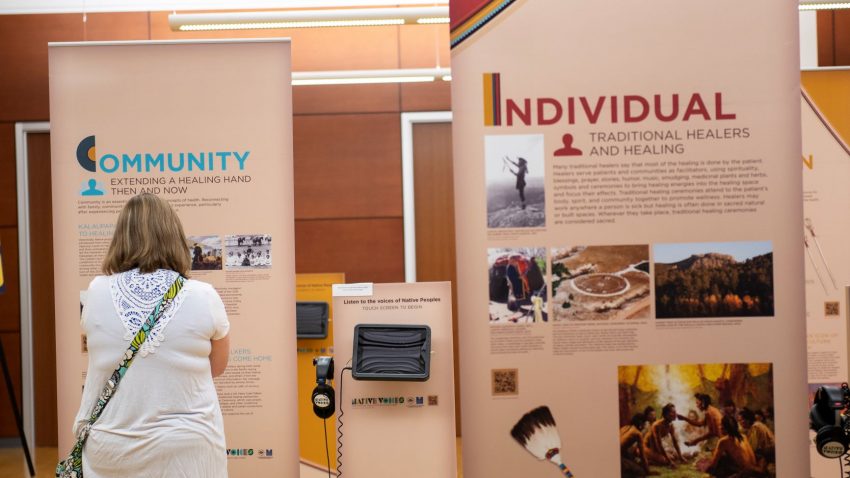
Panels in the Native Voices: Native Peoples’ Concepts of Health and Illness exhibit.
Do try to attend one of the Native Voices lectures over the next several weeks. On Wednesday, August 8th, Madeleine Fix will present “Cincinnati’s Public Landing, the Measles, and Wyandot Removal.” If you are unable to attend, stay turned for more recaps.
A schedule of the remaining lectures is available online. And thank you so much for your continued support of this exhibit and its additional programming.
In the carousel below, please enjoy some of the images taken at the keynote and exhibit opening.
- Exhibit-goer listens to one of the Native Voices oral histories at a listening station.

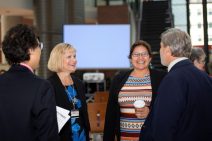
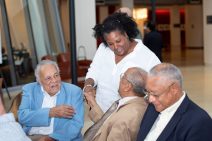
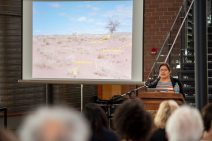
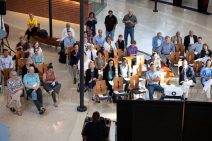
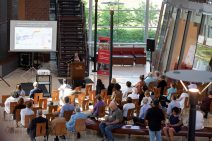
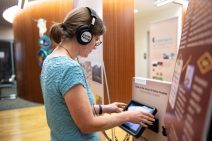
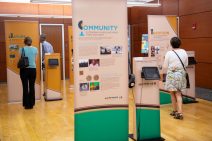

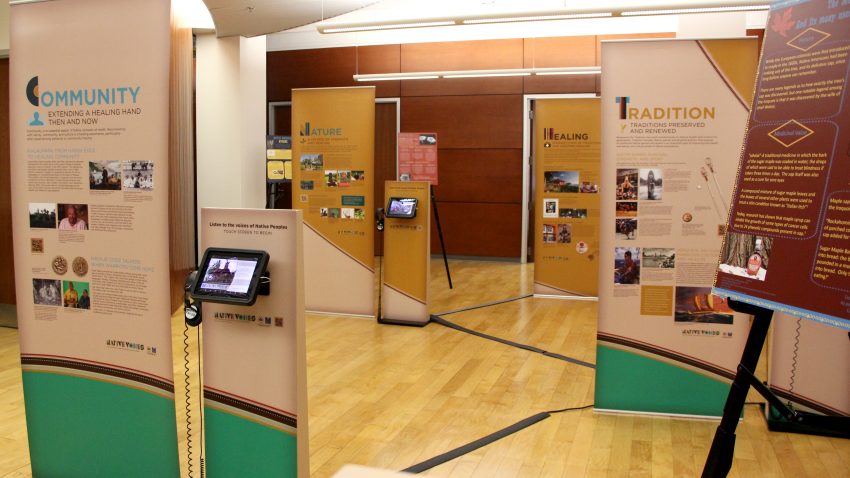 Native Voices: Native Peoples’ Concepts of Health and Illness, a traveling exhibition to U.S. libraries, is on display now through August 30 on the main level of the
Native Voices: Native Peoples’ Concepts of Health and Illness, a traveling exhibition to U.S. libraries, is on display now through August 30 on the main level of the 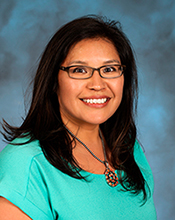 In association with the Native Voices exhibit, related events have been scheduled to explore the topic of Native Peoples’ Concepts of Health and Illness.
In association with the Native Voices exhibit, related events have been scheduled to explore the topic of Native Peoples’ Concepts of Health and Illness.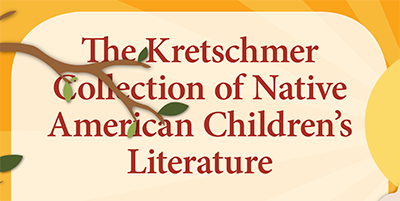 On display in the 4th floor lobby of the Walter C. Langsam Library, the exhibit “The Kretschmer Collection of Native American Children’s Literature donated by Drs. Richard and Laura Kretschmer” features children’s books with Native American themes, written and illustrated by Native Americans. The books are part of a collection of over 275 books donated by Drs. Richard and Laura Kretschmer and housed in the
On display in the 4th floor lobby of the Walter C. Langsam Library, the exhibit “The Kretschmer Collection of Native American Children’s Literature donated by Drs. Richard and Laura Kretschmer” features children’s books with Native American themes, written and illustrated by Native Americans. The books are part of a collection of over 275 books donated by Drs. Richard and Laura Kretschmer and housed in the 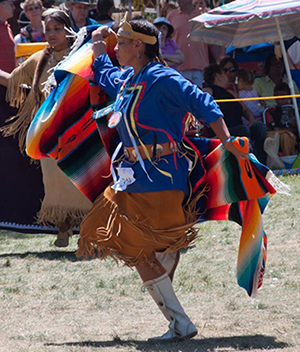
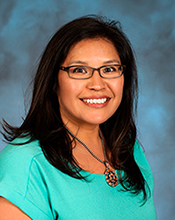
 Read Source, the online newsletter, to learn more about the news, events, people and happenings in UC Libraries.
Read Source, the online newsletter, to learn more about the news, events, people and happenings in UC Libraries.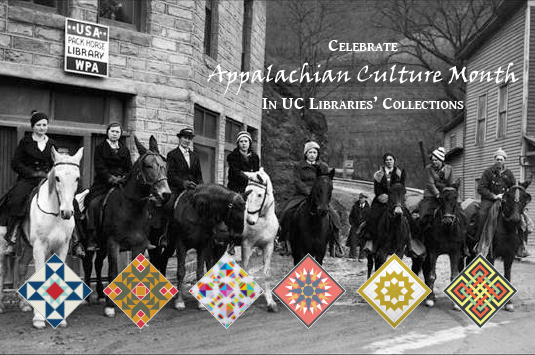 Cincinnati lies just at the border or outer edge of Appalachia, a cultural region in the Eastern United States that stretches from the Southern Tier of New York to northern Alabama, Mississippi and Georgia and includes portions of Pennsylvania, Ohio, North and South Carolina and all of West Virginia. A new exhibit on display on the 4th floor lobby of the Walter C. Langsam Library showcases resources from UC Libraries in celebration of Appalachian culture and heritage. Included are resources from the collections of the Albino Gorno Memorial (CCM) Library, Geology-Mathematics-Physics Library, the Donald C. Harrison Health Sciences Library, College of Engineering and Applied Sciences Library, the Robert A. Deshon and Karl J. Schlachter Library for Design, Architecture, Art and Planning (DAAP), and Langsam. Also featured are online resources that showcase and inform about Appalachian culture.
Cincinnati lies just at the border or outer edge of Appalachia, a cultural region in the Eastern United States that stretches from the Southern Tier of New York to northern Alabama, Mississippi and Georgia and includes portions of Pennsylvania, Ohio, North and South Carolina and all of West Virginia. A new exhibit on display on the 4th floor lobby of the Walter C. Langsam Library showcases resources from UC Libraries in celebration of Appalachian culture and heritage. Included are resources from the collections of the Albino Gorno Memorial (CCM) Library, Geology-Mathematics-Physics Library, the Donald C. Harrison Health Sciences Library, College of Engineering and Applied Sciences Library, the Robert A. Deshon and Karl J. Schlachter Library for Design, Architecture, Art and Planning (DAAP), and Langsam. Also featured are online resources that showcase and inform about Appalachian culture.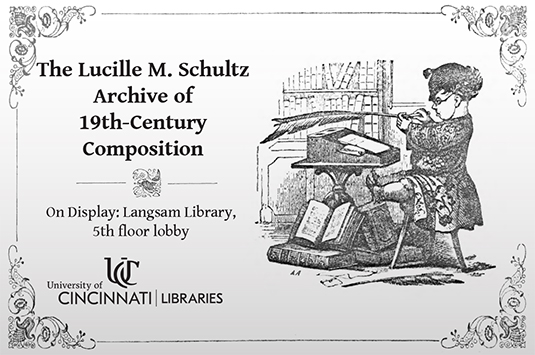 On display on the 5th floor lobby of the Walter C. Langsam Library, the exhibit – The Lucille M. Schultz Archive of 19th-Century Composition – celebrates the recent donation to the university by professor emeritus Lucille M. Schultz of an archive of 19th-century textbooks collected while she researched her award-winning book The Young Composers. To write her book, which analyzes writing curriculum for children and demonstrates its continued relevance today, Lucy visited dozens of archives where she was fascinated by the lively illustrations and unusual writing prompts in the old textbooks. The exhibit features some of these writing prompts along with illustrations from the texts.
On display on the 5th floor lobby of the Walter C. Langsam Library, the exhibit – The Lucille M. Schultz Archive of 19th-Century Composition – celebrates the recent donation to the university by professor emeritus Lucille M. Schultz of an archive of 19th-century textbooks collected while she researched her award-winning book The Young Composers. To write her book, which analyzes writing curriculum for children and demonstrates its continued relevance today, Lucy visited dozens of archives where she was fascinated by the lively illustrations and unusual writing prompts in the old textbooks. The exhibit features some of these writing prompts along with illustrations from the texts.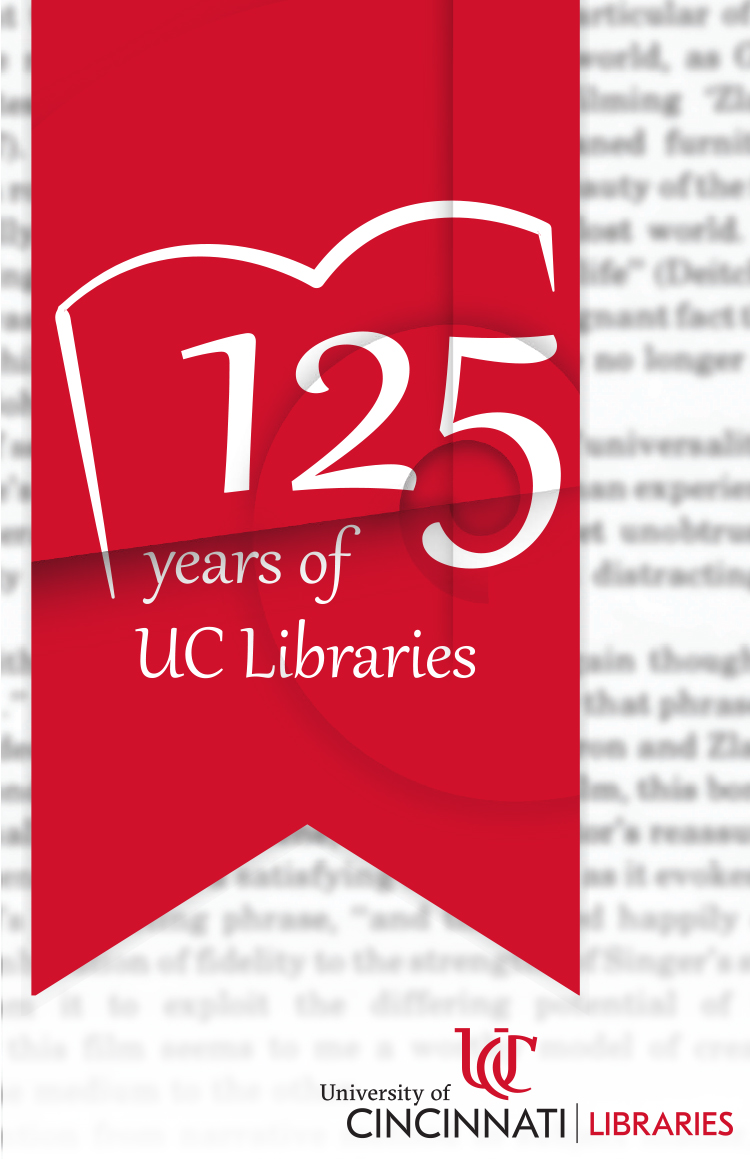 How do you determine the starting date of the University of Cincinnati Libraries when from the university’s founding in 1819, books played an important part in the education of students?
How do you determine the starting date of the University of Cincinnati Libraries when from the university’s founding in 1819, books played an important part in the education of students?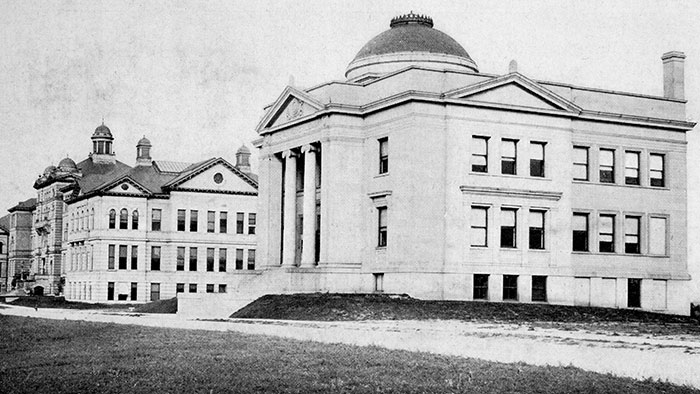
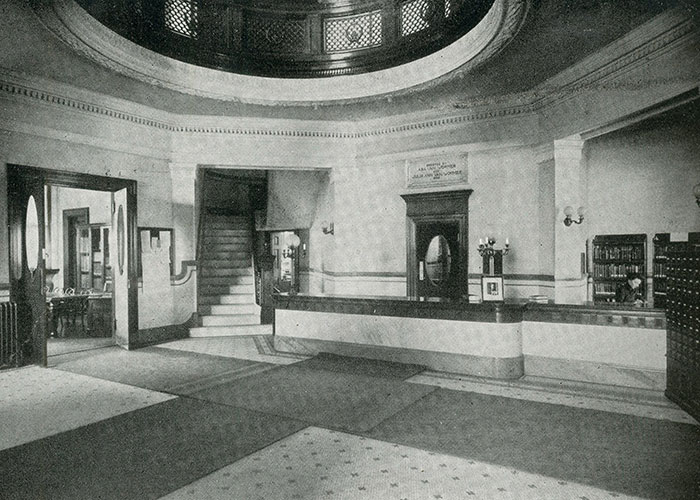
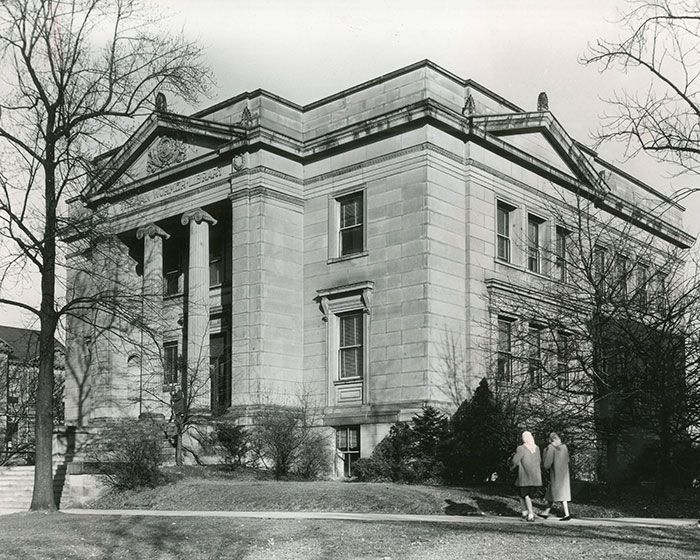
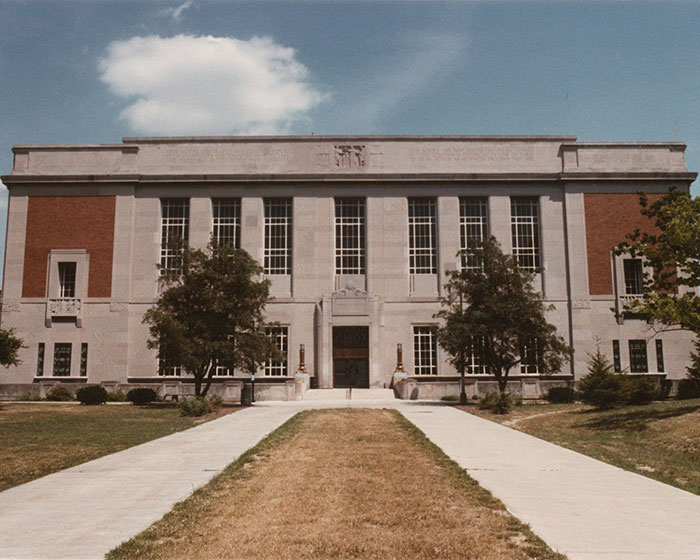
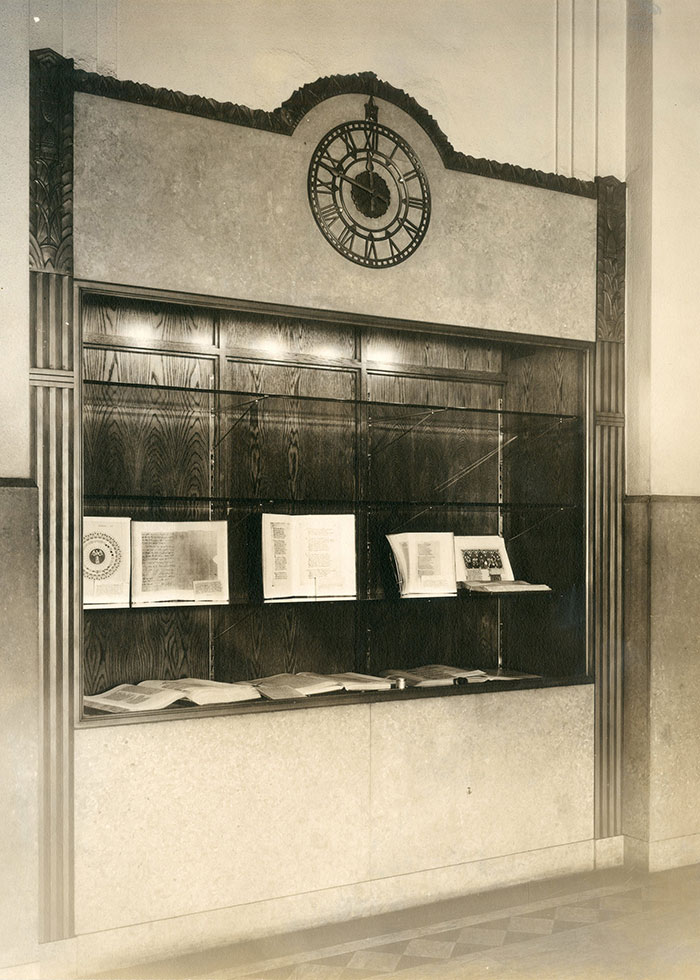
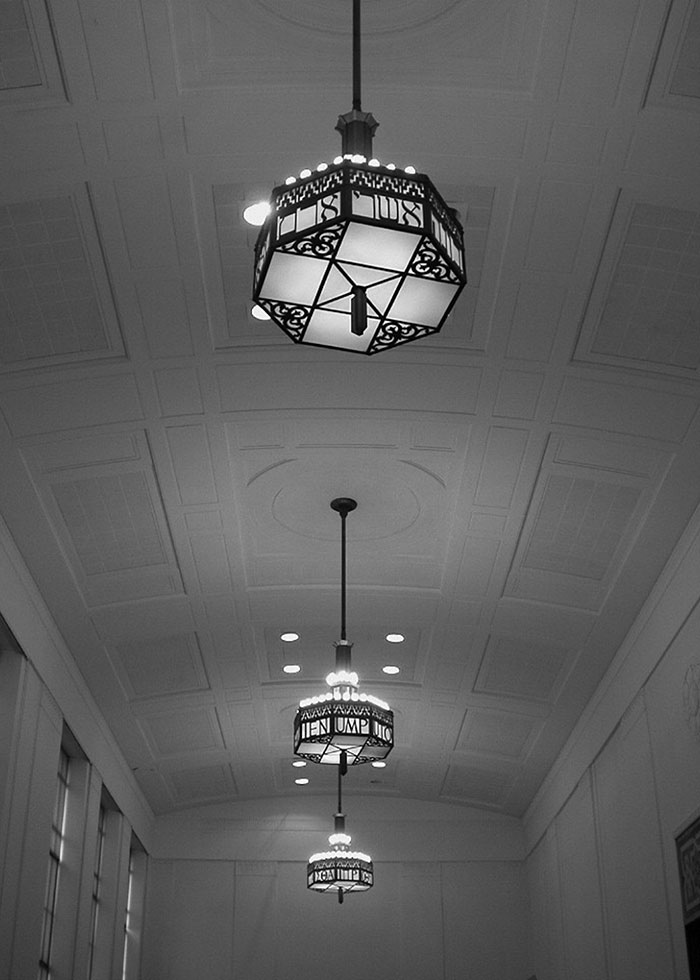
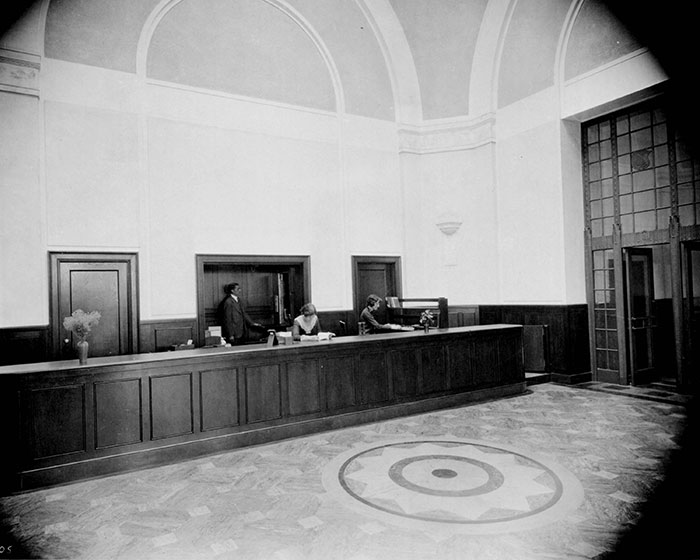
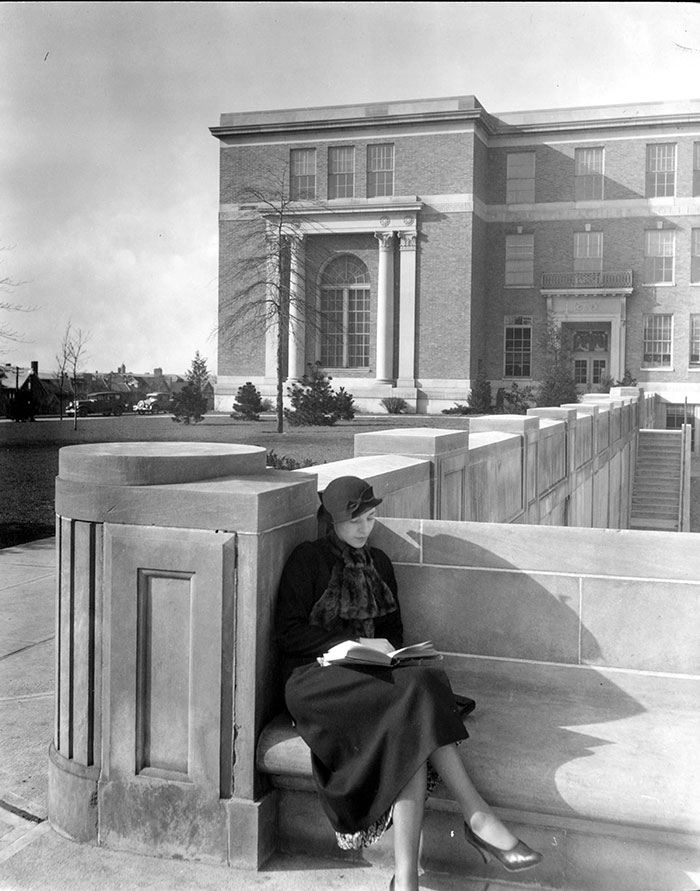
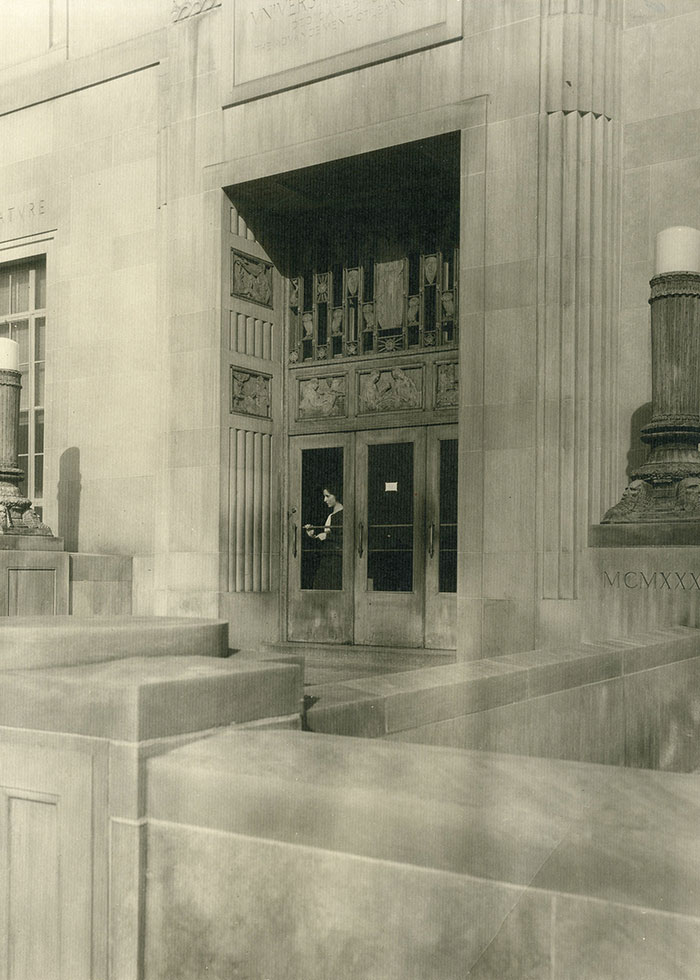
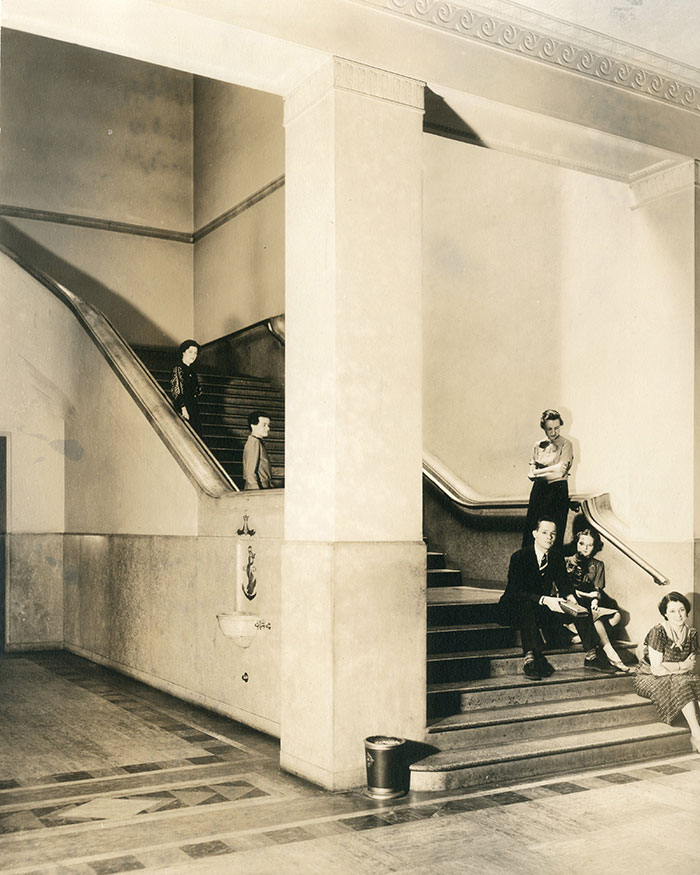
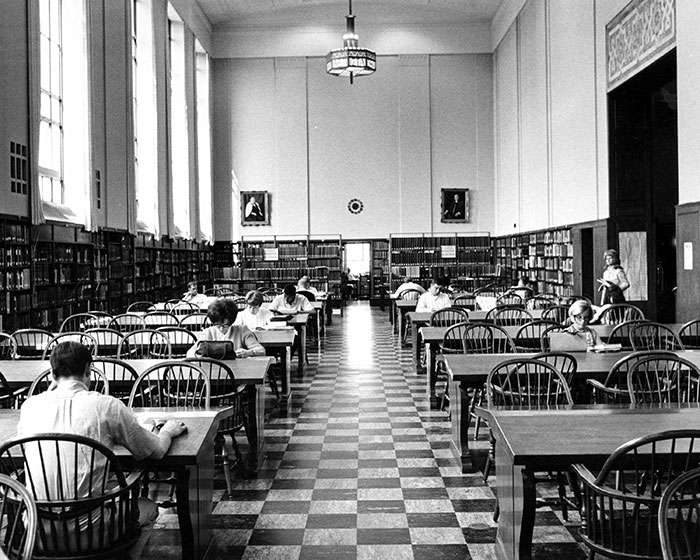
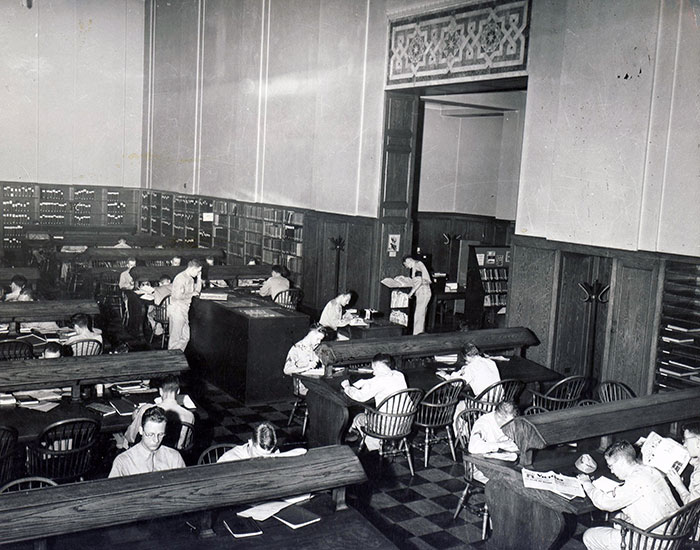
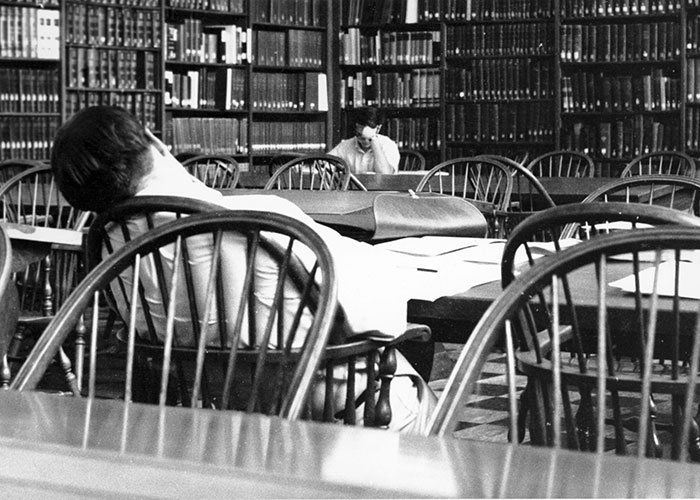
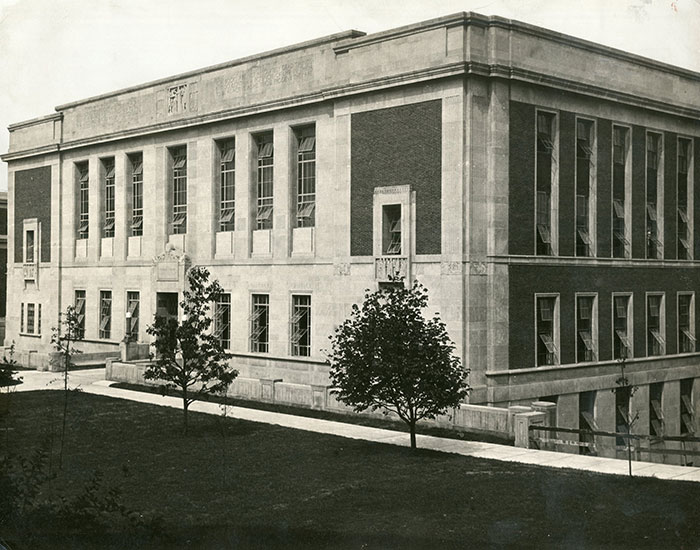
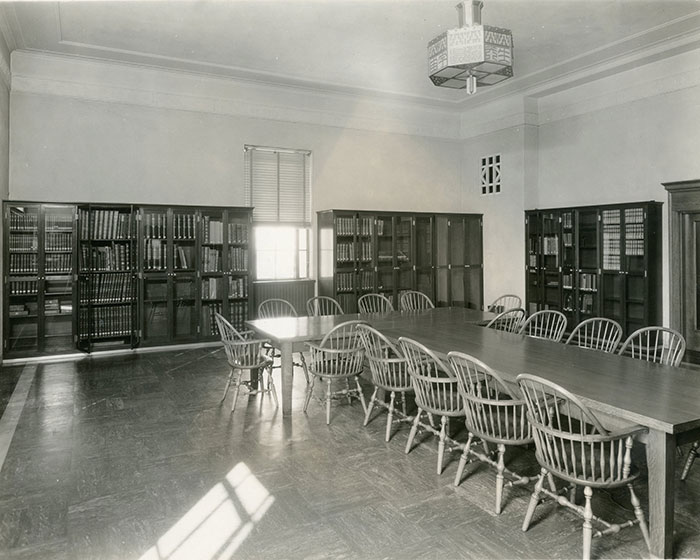
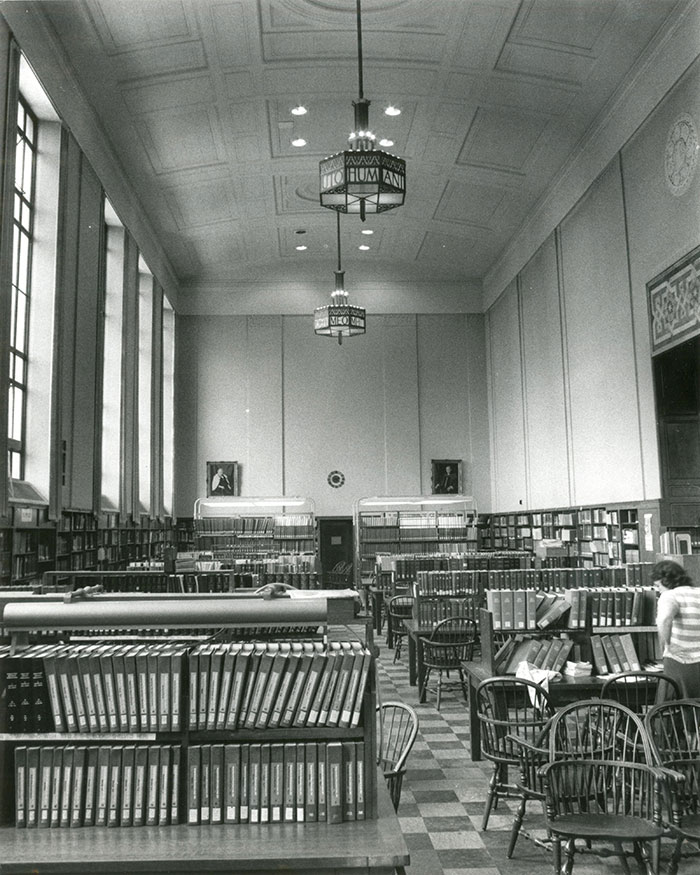
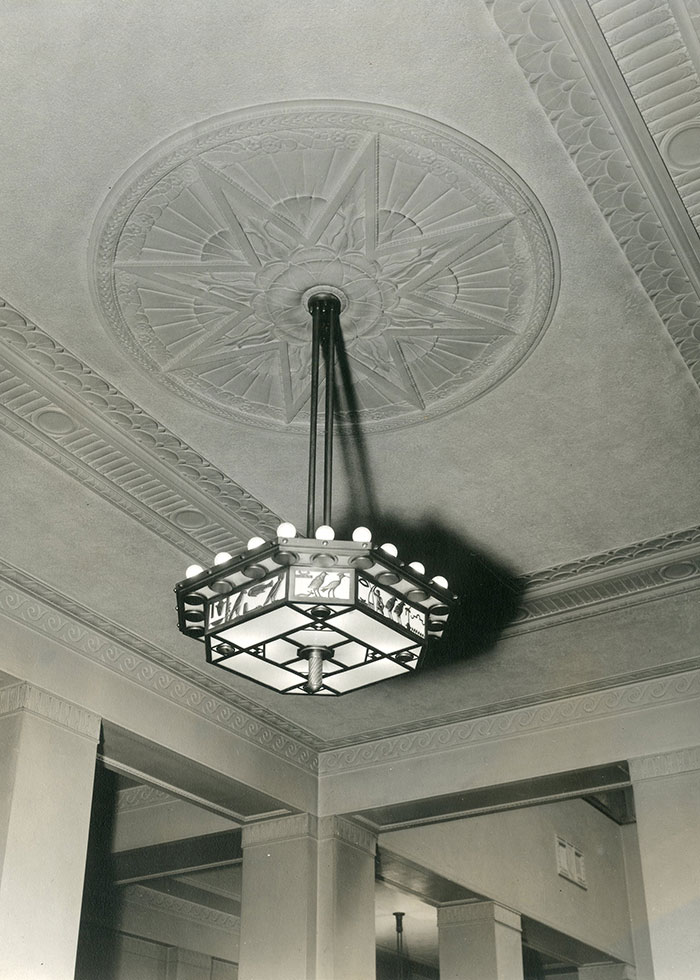
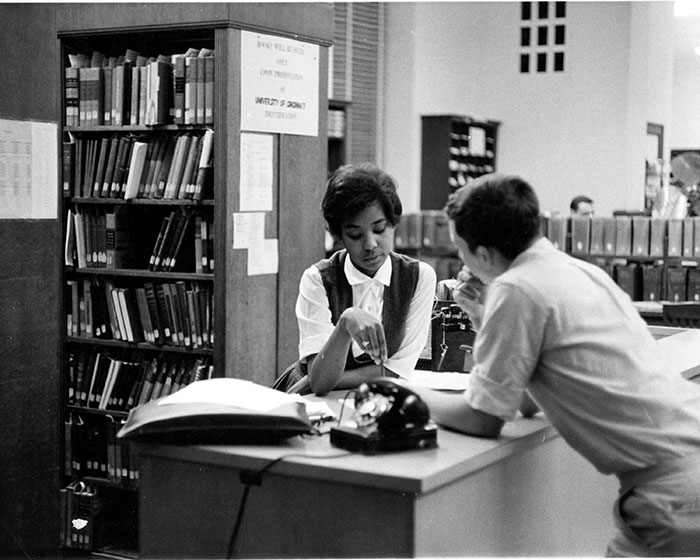
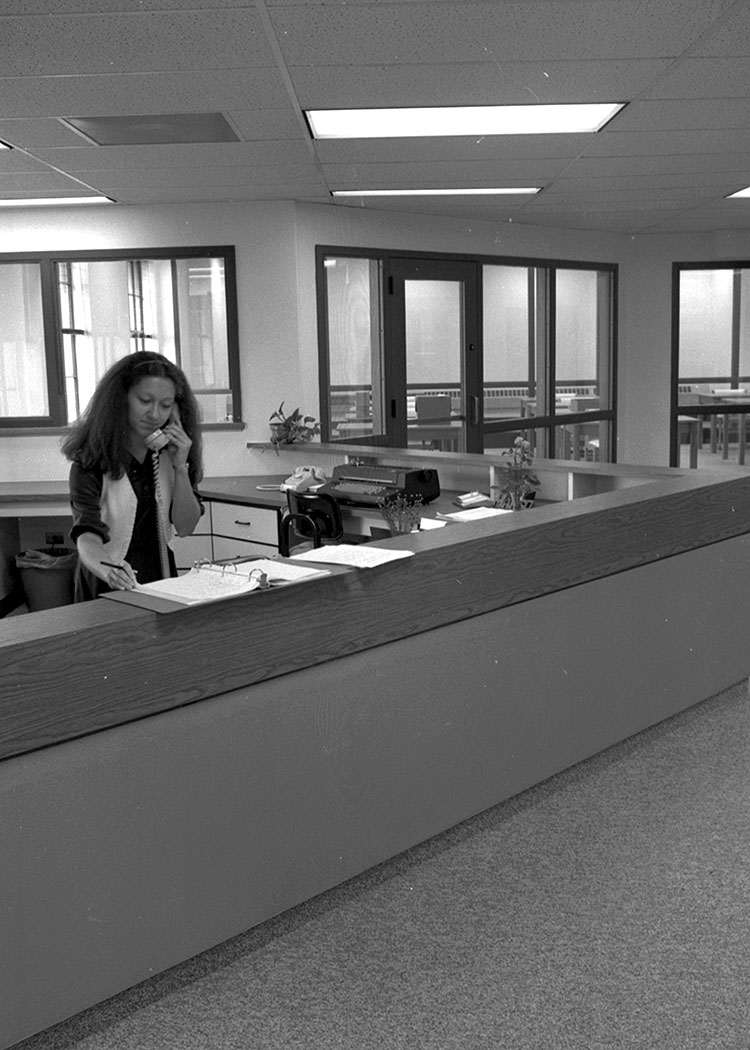
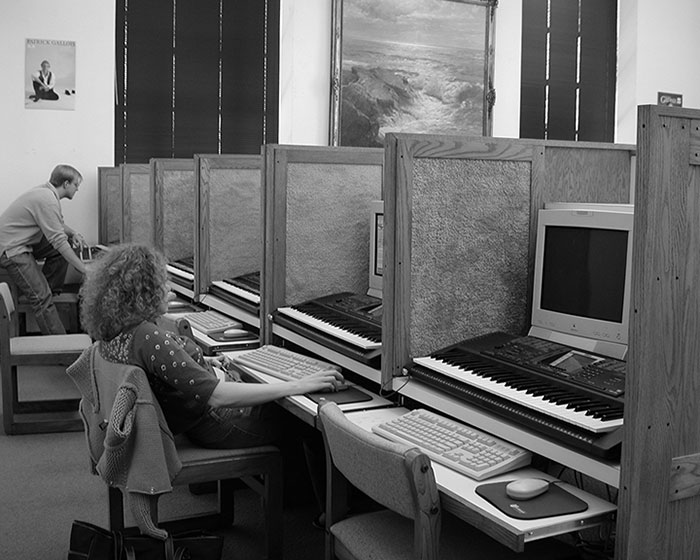

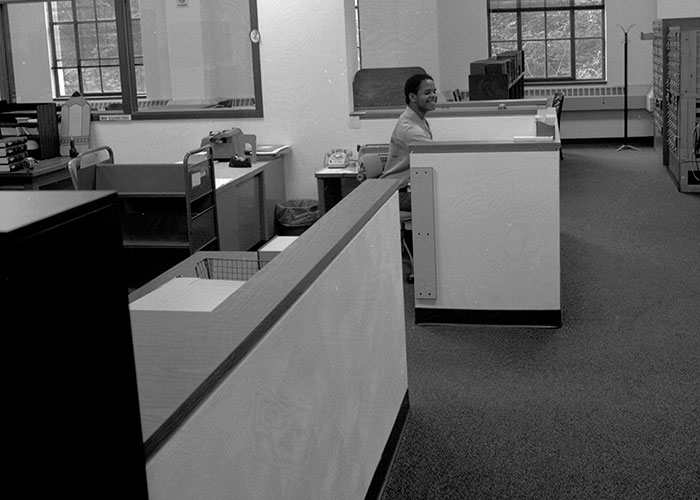
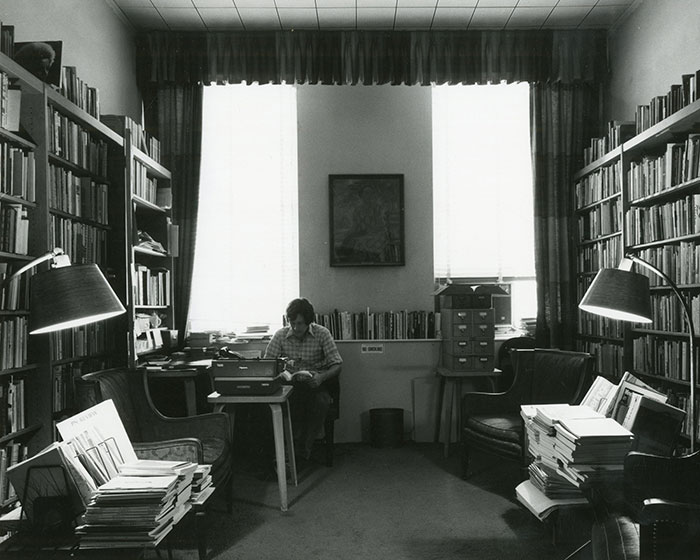
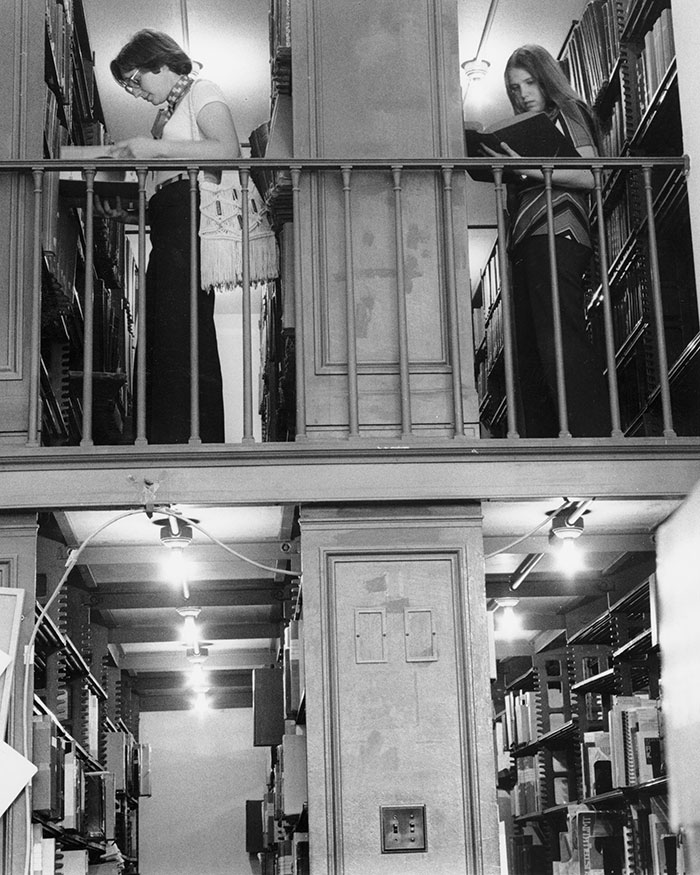
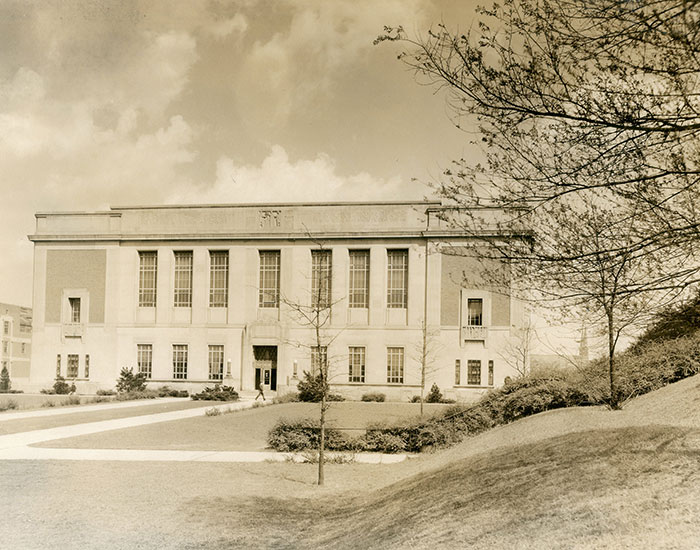
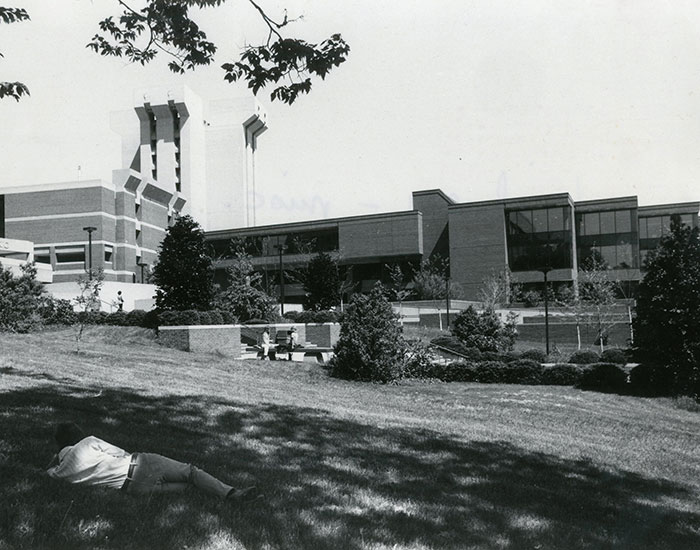
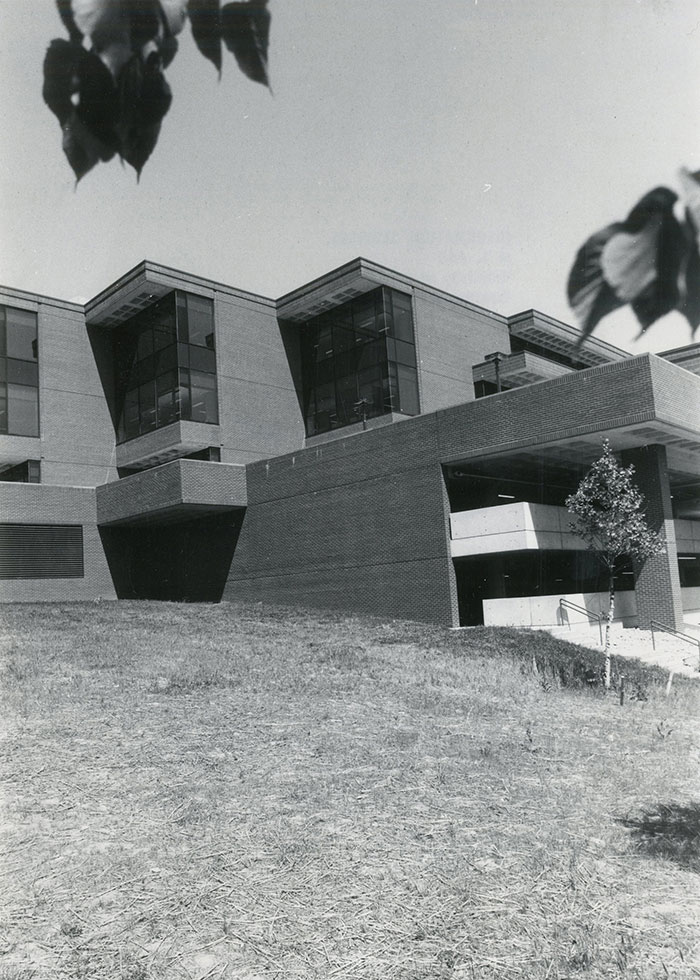
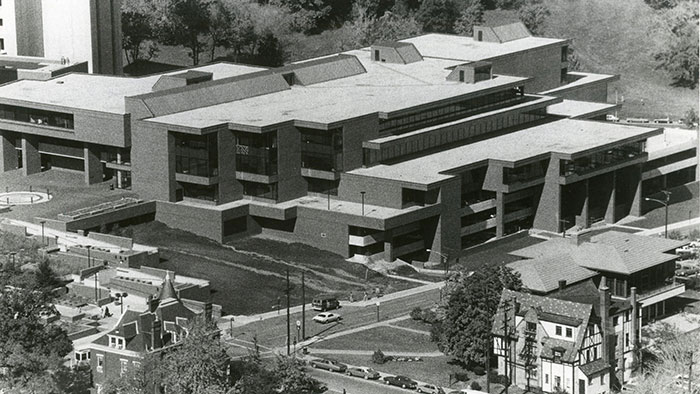
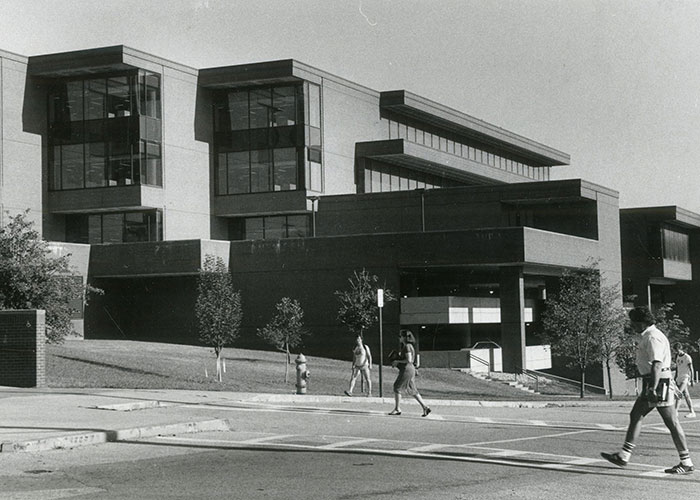
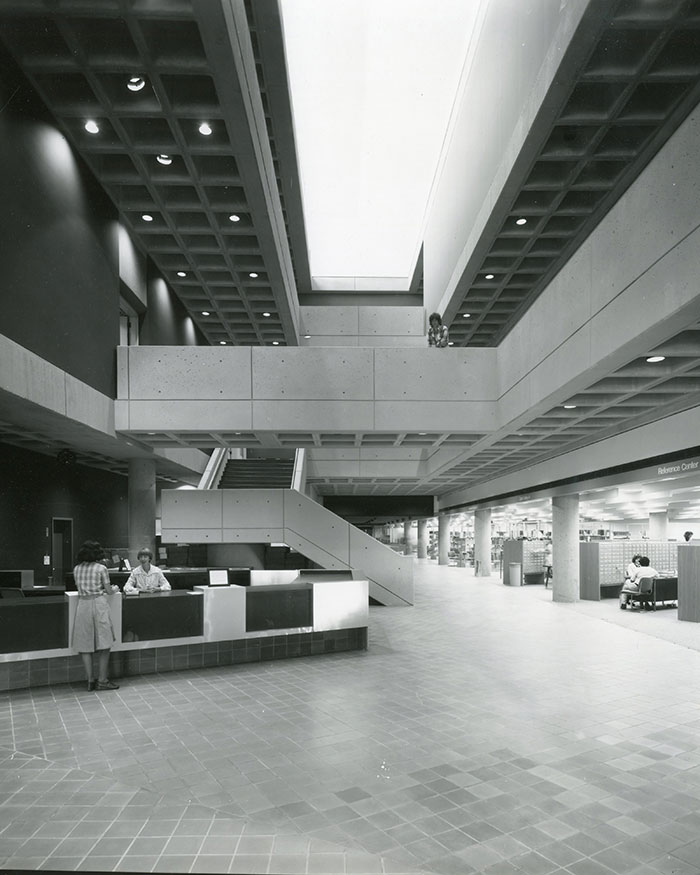
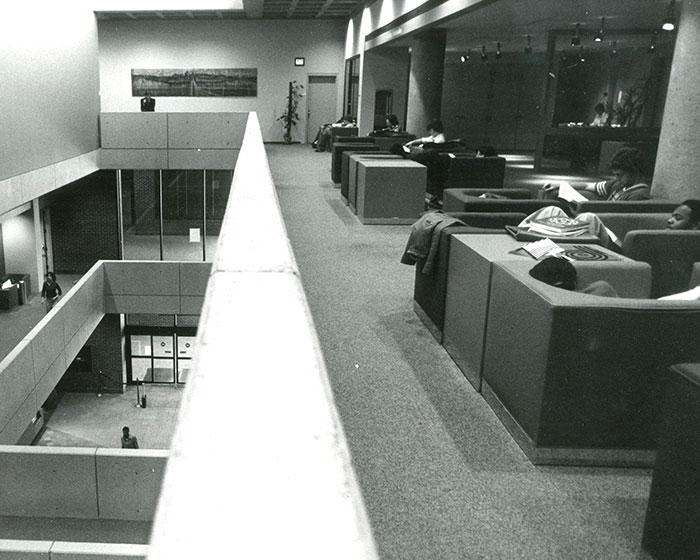


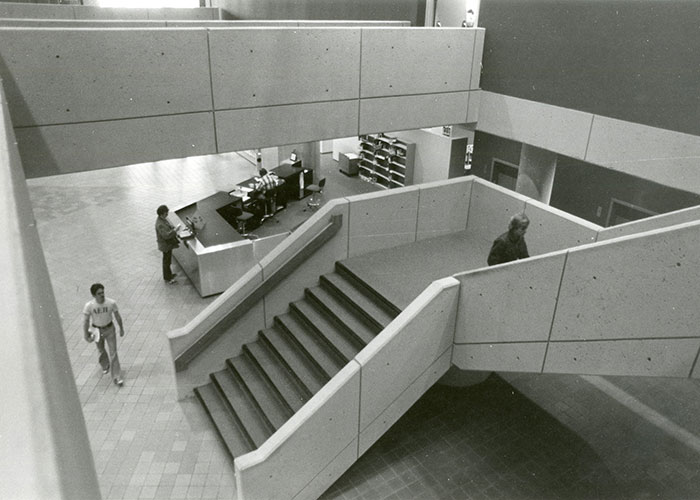
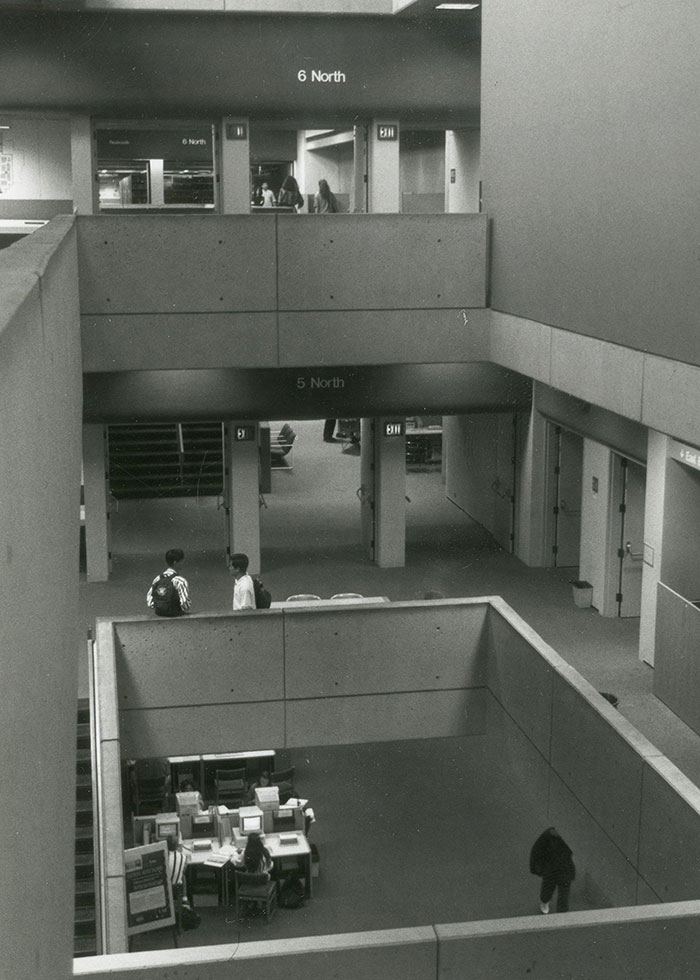
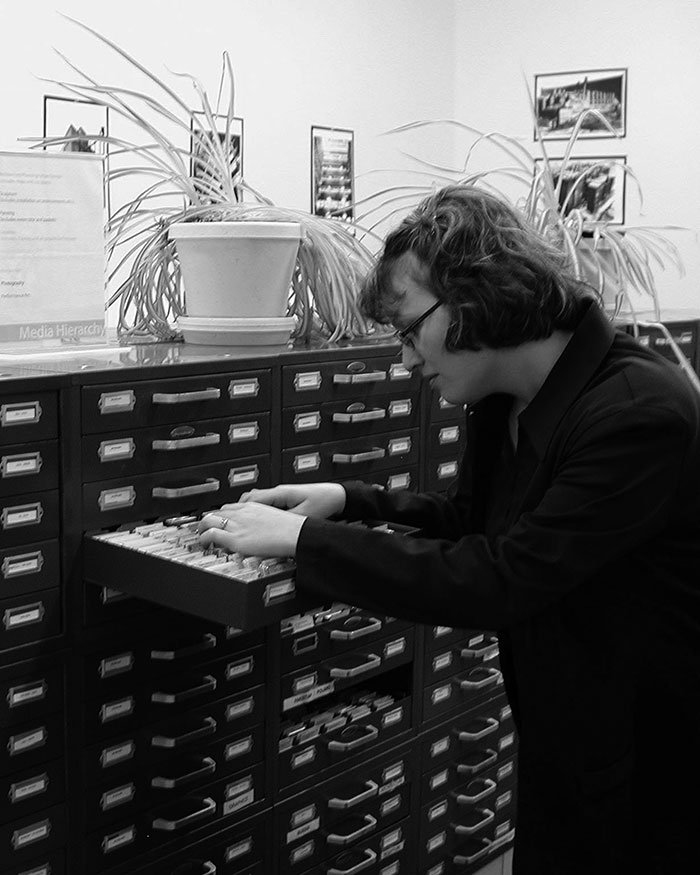
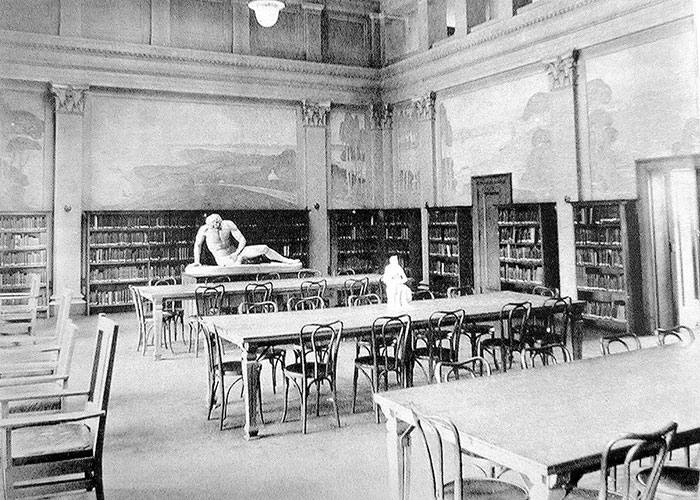
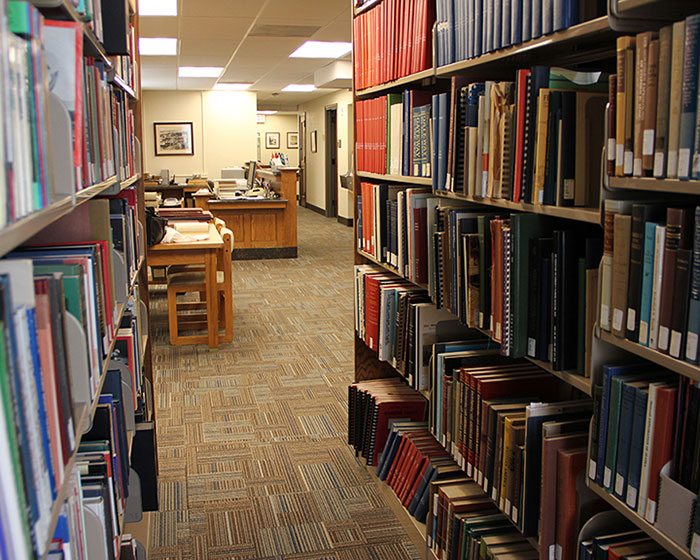
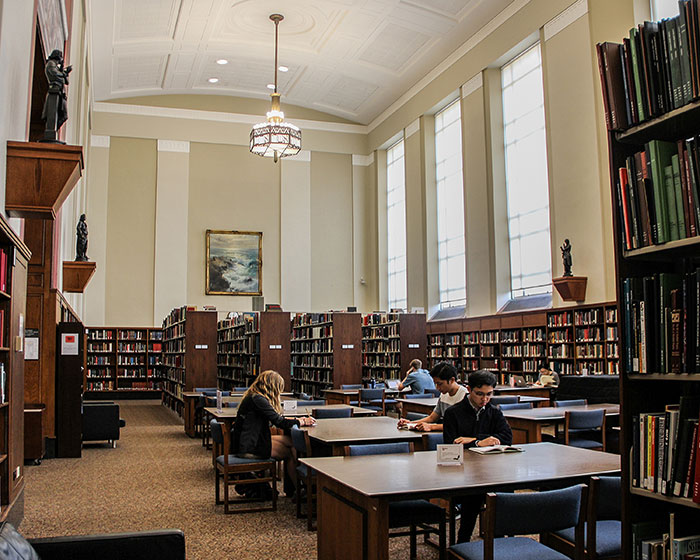
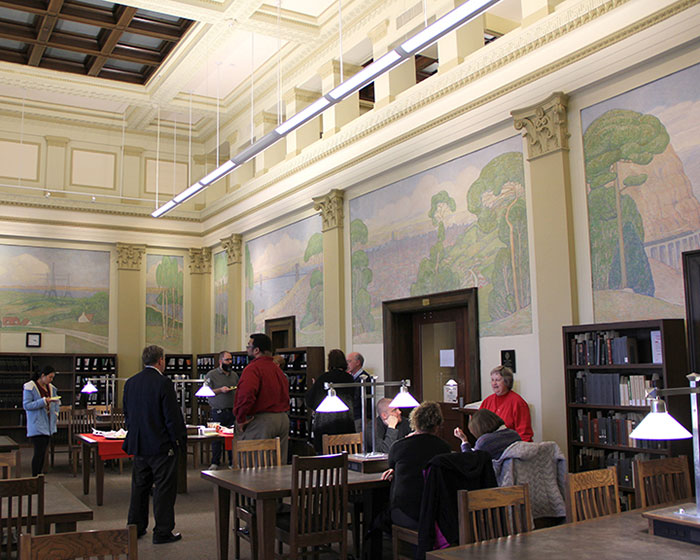
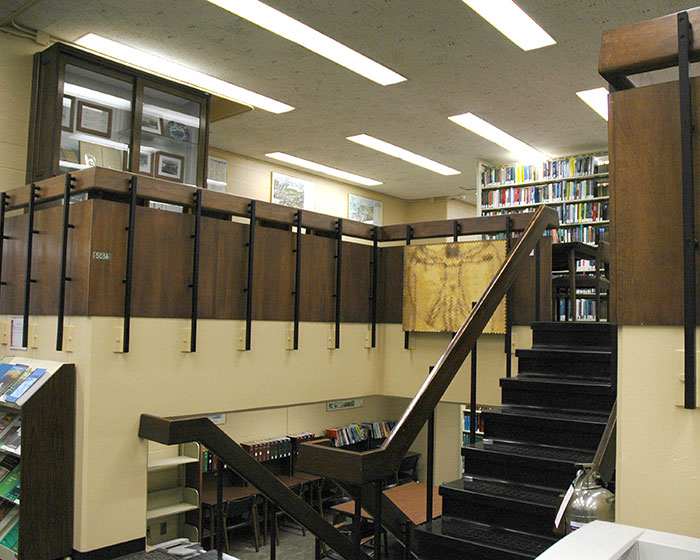
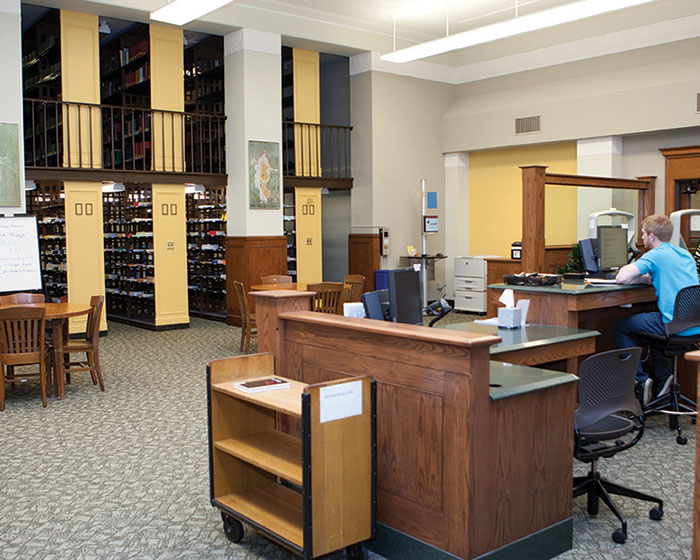
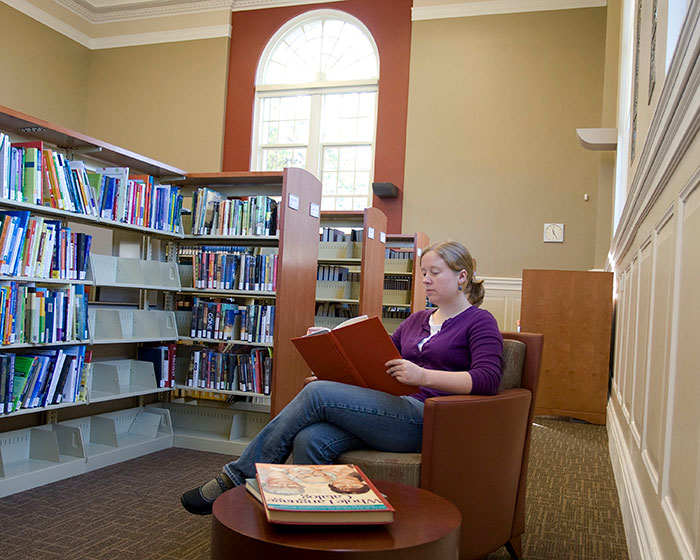
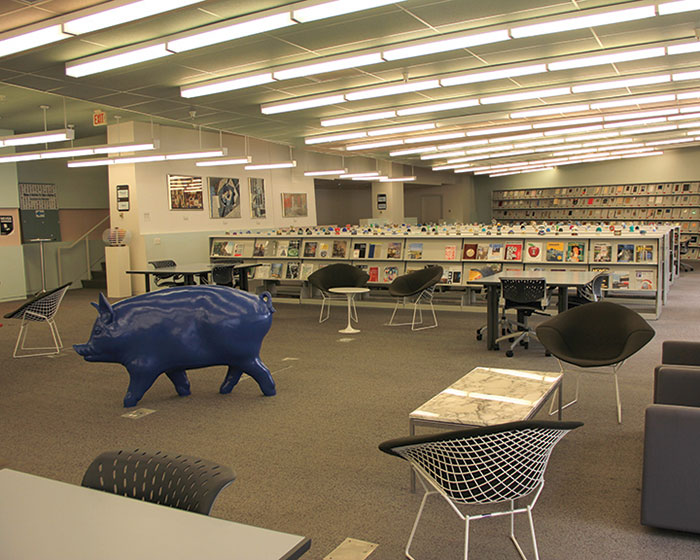
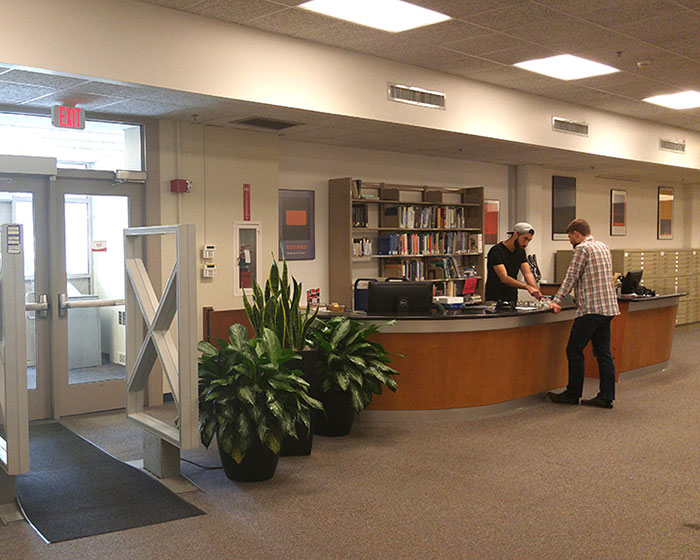
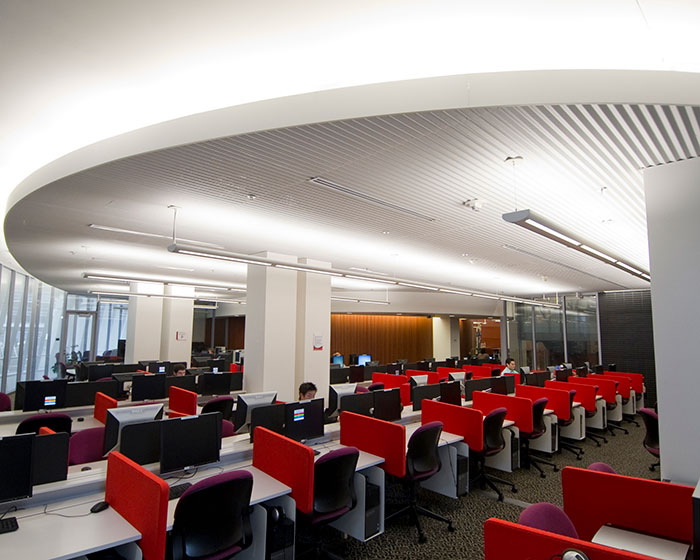
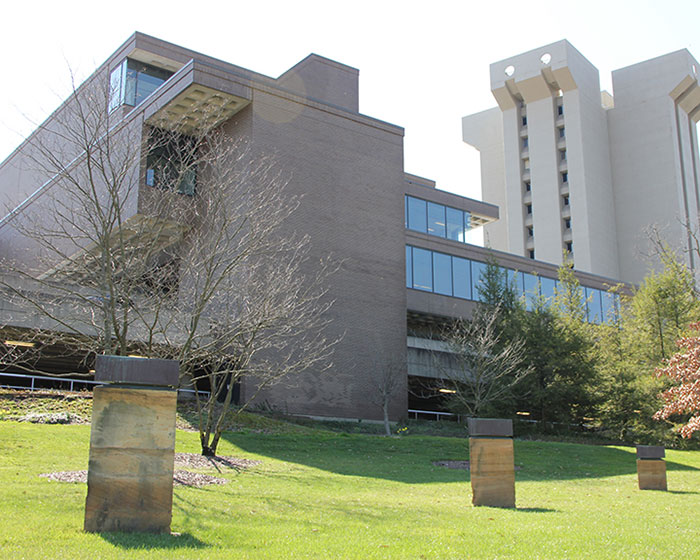
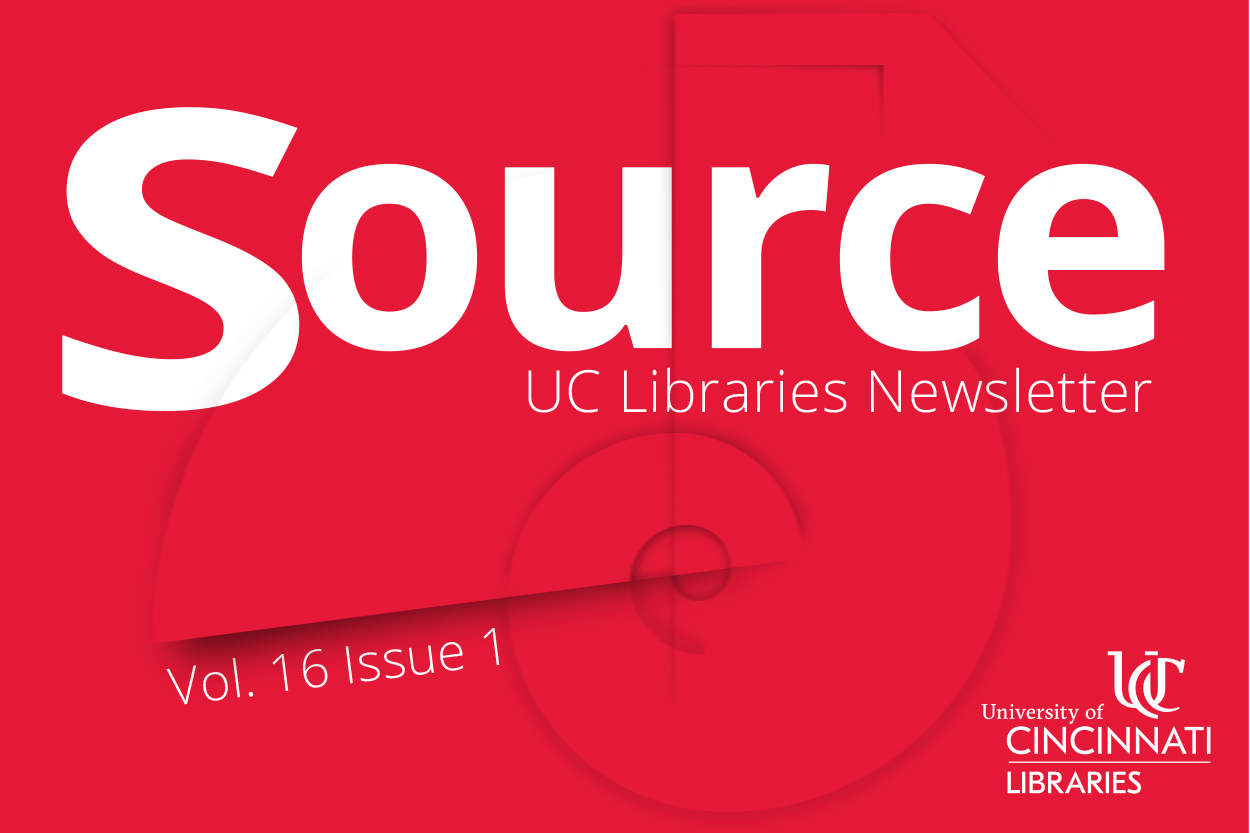 Read Source, the online newsletter, to learn more about the news, events, people and happenings in UC Libraries.
Read Source, the online newsletter, to learn more about the news, events, people and happenings in UC Libraries.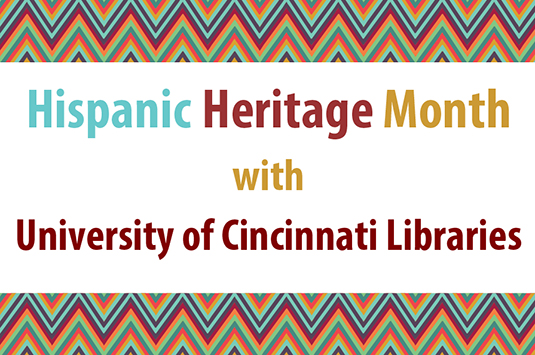 By Kendall Smith
By Kendall Smith